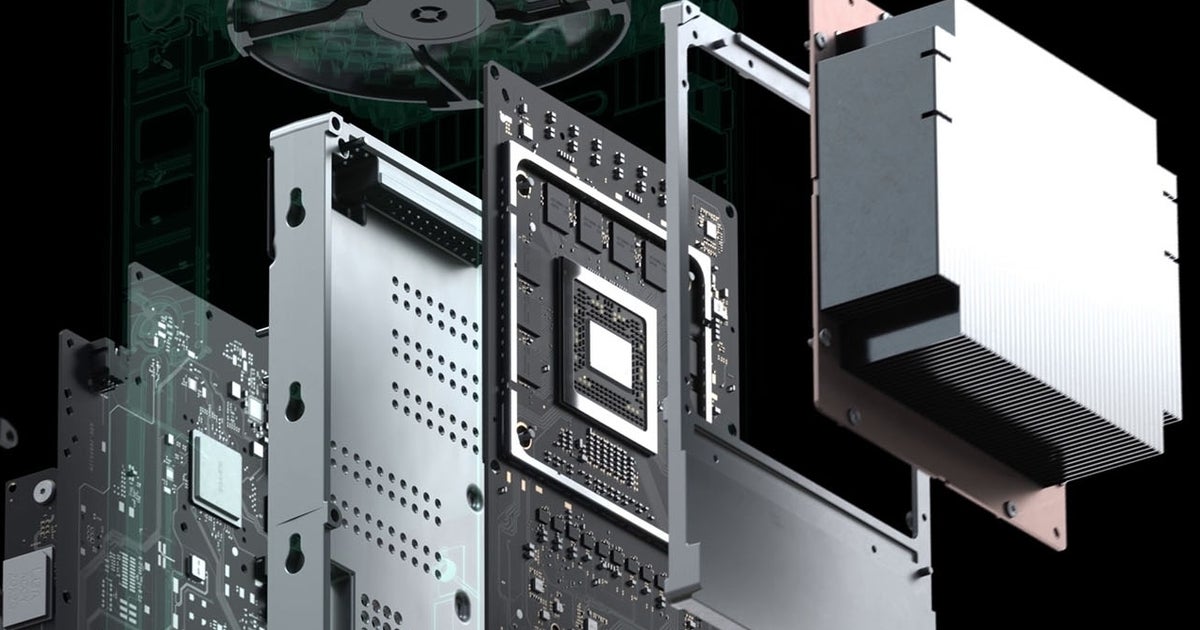SonGoku
Member
I think that if you start removing reflections from offscreen objects the results will be less accurate defeating the purpose of RYDo you think is possible or at least worth it to implement in the new consoles with the new aggressive culling solutions in the same time with RT implementations like reflections ?
As for example a GE can remove geometry which doesn't exists in that time in the render window our reflection will be just partial so in part the RT waste part of
its potencial to make things which are not visible in camera affect the light in the scene.
I mean make senses as this kind of features (mesh shaders/primitive shaders) are more for its use in normal rasterization render than RT.
I think we discussed this before?Please read my earlier posts on what Project Acoustics really is. Basically they simulate the acoustics of all static environments of a game offline and create a simplified model out of the results by means of probes. This model is used in the XsX audio chip to get accurate room acoustics.
The PS5 will use RT for this purpose, yes. Although the question is how close the two solutions will be because raytracing does not deal with waves and probably needs some tricks to work properly.
The way you compared both isn't really apples to oranges since Project Acoustics is an API/engine devtool and the TE is an audio processor.
Also I don't think 3rd party devs are prohibited from implementing offline calculations done with Project Acoustics on PS5, similarly MS owns Havok but that doesn't stop devs from using it on competing consoles. Otherwise they would just use their inhouse solution for offline simulations across all platforms.
As far as RT hardware can there be any modifications on the API to do waves or similar bahavior?
Last edited:




